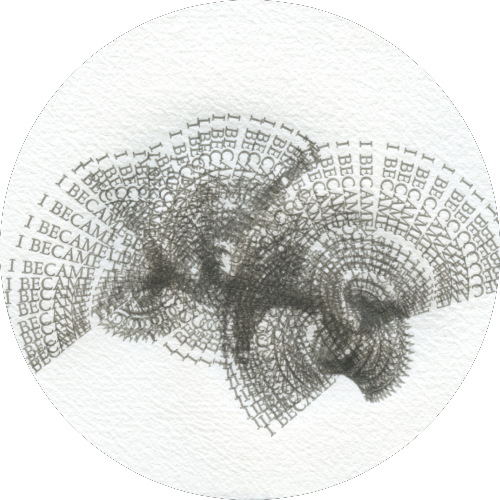Redaction
Artist
In law and government, people protect secrets by blacking out certain portions of a text, called redaction. In the past, the physical action of redaction was done with a black marker over a photocopy of the original text. In order to fully obscure the text, this marker-redacted copy would then need to be re-photocopied, as the black of the marker and the black of the photocopy toner were slightly different so it could still be read in certain lights. Contemporarily, legal redaction is done digitally, although new mistakes are now possible: in 2019, Paul Manafort’s attorneys filed court documents that appeared to be redacted, as there were black boxes covering portions of the text; however, they failed to use redaction software, so the boxes were simply images on top of the document and could be moved or removed.
The American artist Jenny Holzer has been working on an ongoing series of “redaction paintings” since 2005 of large silkscreen images of US government documents that have been redacted. In the earlier paintings particularly, this emphasizes the painterly line of the redaction marker, sometimes showing the slight edge of a letter here and there.
Redaction poetry is a genre that often seeks to create something new and unrelated from an existing text, rather than to edit a text while preserving its meaning, as legal redaction does. Isobel O’Hare’s series of poems “all this can be yours” erased words from the public apologies of men accused of sexual harassment, fundamentally transforming the language in a way that feels revealing.
In my own work, I often use techniques that I call “self-redaction,” using lines of the same text to overlap and effectively redact itself, or slow the process of reading. For my own work, I’m most interested in pieces that ride a fine line of legibility and can indeed be read with some effort. That said, sometimes I want the viewer to have to work to read the text as a way of including them in the feeling, and I do at times completely obscure a text or place it such that the viewer needs to permanently alter (or improperly interact with) a piece in order for it to be fully read. I think it’s important to remember that knowledge has a cost in that knowing something can fundamentally change you.
Alyson Provax (b. 1984, California, lives and works in Portland, Oregon) is a text-based artist. Her formal training is in printmaking, and she works in letterpress. She often uses repetition as a drawing tool rather htan to make multiple originals, which calls into question the didactic certainty of text and can cause the viewer to notice the experience of reading. Her work has been described as “printmaking disinterested in the perfection based traditions that exist as a form of exclusion.” She is interested in the ways that we communicate the things we are a bit uncertain of and how we tie our own understanding of ourselves to language.
Alyson Provax
Find a brief passage of existing text.
Invitation
Find a brief passage of existing text, your own or by another. Make several copies of this text.
Redact words and lines from the passage to:
Make it more true
Make it less true
Make it more specific and personal
Make it more open and universal
Experiment within the prompt with different techniques of redaction:
Blacking out with a marker, paint, pencil, or crayon
Erasing
Whiting out with paint, white-out, or oil pastel
Writing over the words you intend on redacting so that the text is blocked out by additional text, rendering both illegible
Recopy each redacted passage, removing the redacted words to create an edited text.
Sit with the various copies of the text until you have a favorite; ask yourself why.
